Back in 2024, director Francis Ford Coppola released a movie he had been waiting his whole life to make: Megalopolis, an epic tale of an architect played by Adam Driver battling a corrupt mayor played by Giancarlo Esposito for the soul of their city. It was a critical and box office failure, though has gained almost immediate cult status thanks to interactive sequences, weird deliveries of lines, and the bombastic visuals. And now, it’s coming to a new graphic novel from Abrams ComicArts, which is in stores today from writer Chris Ryall and artist Jacob Phillips.
“We’re still telling a version of the same story, albeit one with some additional scenes, transitions, dialogue, and rejiggering of some story elements, too,” Ryall told Comic Book Club over email. “So, I thought of it as structured free reign. With any adaptation I’ve done, I try to be true to the source material while also trying to properly adapt it to this medium, even if that necessitates reworking some scenes to fit the graphic novel form.”
To find out more about how the book came together, including how they’ll tackle the iconic “go back to the cluuuuub” scene, read on.
Comic Book Club: I believe the last time we spoke about this, the movie wasn’t out yet… Despite a critical drubbing on initial release, I’d argue it’s started to hit cult classic status. What’s your take on how the graphic novel fits into this reassessment of the film?
Chris Ryall: Is it possible for me to both answer this question while rejecting somewhat its initial premise? The reviews for the film were certainly all over the place – some were overly negative, some were immensely positive, and some expressed confusion over what they just saw, and some resulted in Francis winning the Golden Raspberry Award (and graciously accepting it in person and delivering a lovely speech about art and the artist), but “drubbing” implies an overall consensus I don’t necessarily agree with.
Okay, that lengthy bit of gentle defensiveness done, onto an actual answer: I hope both the film, as more people see it and get more of what Francis was attempting to do with it, as well as extensions of the film like the MEGADOC that just opened as well as our graphic novel, all help re-contextualize the fi;m and the ideas behind the film. And certainly, the way we approached the graphic novel story, since there were things we couldn’t do with static images that could be done with motion and sound, is maybe more of a coherent or at least direct path than the film took. In that way, it stands apart from the film (its “sibling,” according to Francis, rather than a straight adaptation). I do hope people give the book for any reason, but one great end result of that–beyond just admiring how great Jacob Phillips’ art and colors looks–would be if it made them want to watch, re-watch, and/or re-consider the film, too.
Coppola definitely gave you the keys to the car here, but how much can you (to continue the metaphor) redetail it and switch out the hubcaps before it becomes something different? Meaning, how much free rein can you really have?
Ryall: I mean, certainly within reason – we’re still telling a version of the same story, albeit one with some additional scenes, transitions, dialogue, and rejiggering of some story elements, too. So, I thought of it as structured free reign. With any adaptation I’ve done, I try to be true to the source material while also trying to properly adapt it to this medium, even if that necessitates reworking some scenes to fit the graphic novel form. There’s always a voice in the back of my head that is scolding me for being presumptuous by editing or revising the work of an Oscar-winner but I managed to quiet that voice as I went along. In part because Francis was so encouraging to us to make this book its own thing.
Jacob Phillips: I had the advantage of not actually seeing any of the film, apart from a few pieces of concept art and set photos, until after I was finished drawing the book. This was always meant to be our own version of this story and I think that only having the script to work from was a key part of that. Hopefully the book stands on its own and not as the kind of direct adaptation that we are used to seeing.
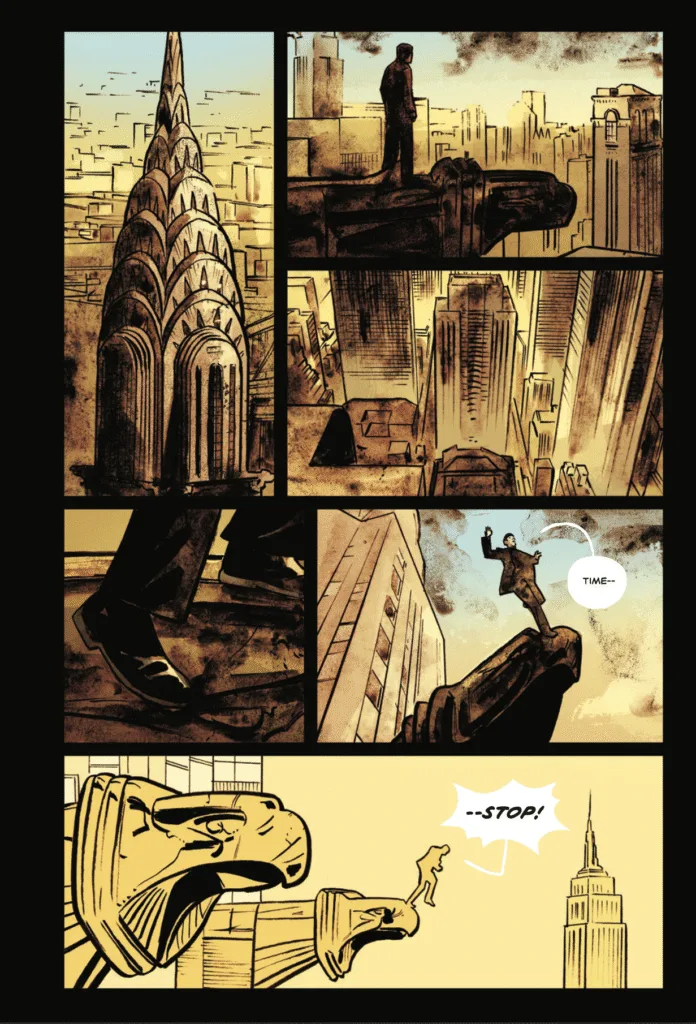
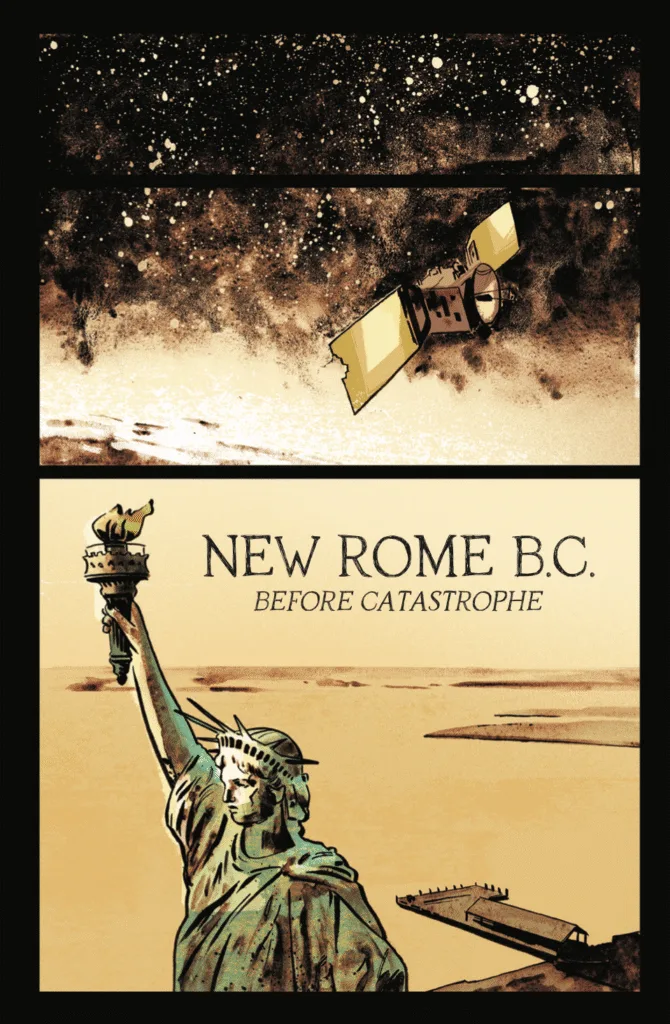
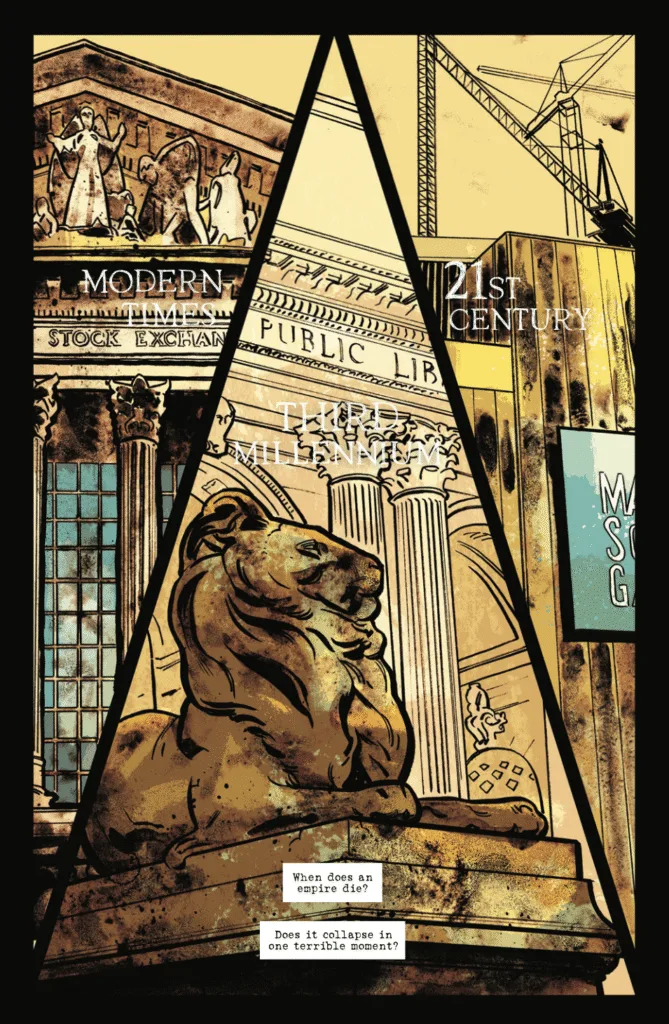
Jacob, what was involved in using the likeness of the actors? You have a semi-realistic style anyway, but were there any challenges there?
Phillips: It was left entirely up to me whether I attempted likenesses at all. In fact, when I started work on the book the cast wasn’t even nailed down yet which is why our Mayor looks a little more Forest Whittaker than Giancarlo Esposito. I thought it would be fun to try and get the main characters close to the actors playing them without being completely restricted by it and I think as I got into the book I settled into how my versions of these characters look. Despite drawing famous actors like Adam Driver and Nathalie Emmanuel I tried to approach it as I would if I was drawing famous comic characters, staying true to the look but bringing my own take to it too. Hopefully the actors were happy with where we landed!
Two very important questions: first, will there be an interactive section where you can talk back to Adam Driver?
Ryall: Way back in the day, in the Gremlins 2 novelization, there was a scene in the movie (the “broken film reel” bit) that didn’t play in print, so in the prose story, the Gremlins locked the book’s author in a closet and then the Professor Gremlin “wrote” a few pages, offering readers his manifesto. I thought that was a pretty wonderful to handle translating a cinematic-only sequence to print, and I would’ve loved to find some similar way to handle that bit with Adam Driver in the book. But we’d finished our work before that became a part of the film’s presentation, so now I figure the equivalent can be people just talking back to me online after they’re read the book…
Phillips: Perhaps if we ever do another edition of the book we can add some blank interactive space for the reader to fill in as they wish.
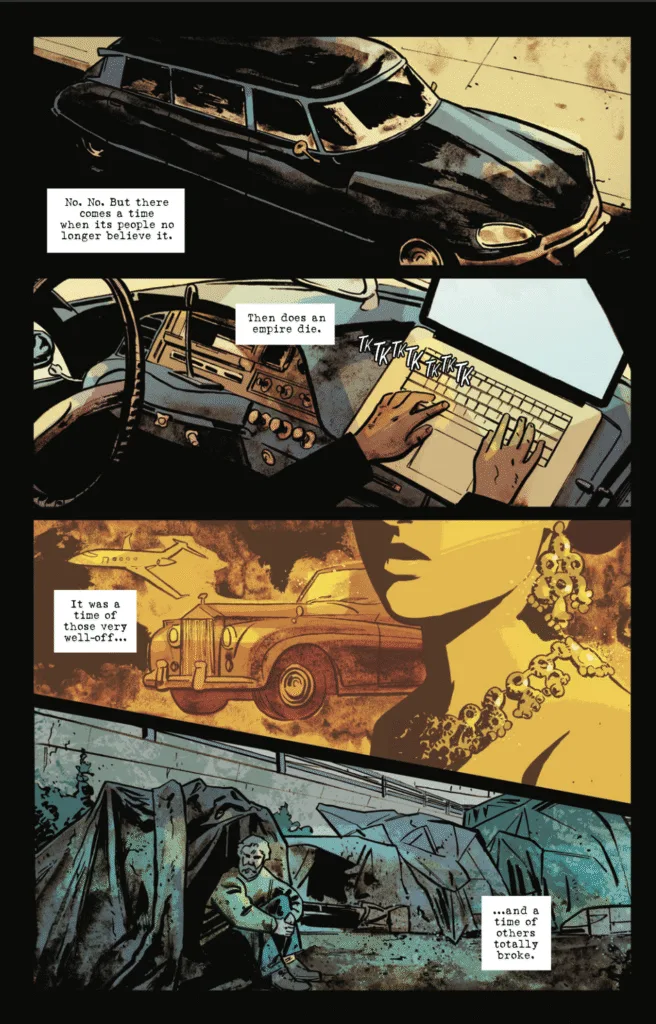
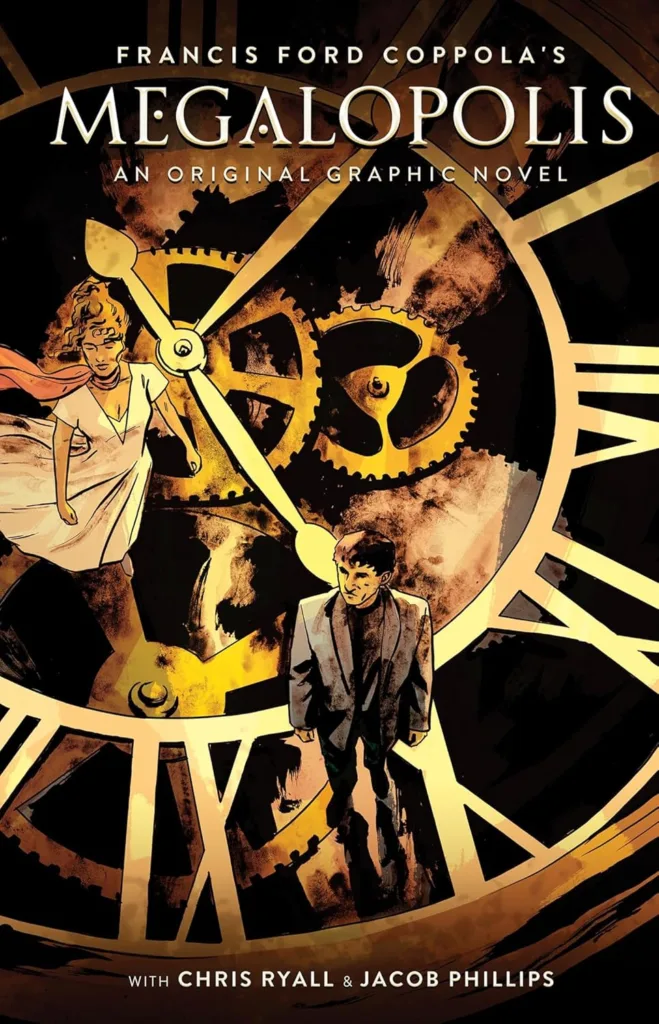
Second, how did you tackle the iconic “go back to the cluuuuub” sequence?
Ryall: It was certainly more of a factor in the film than it was in the graphic novel. But even then, like I say, without the ease of overlapping images and sound and music that the film had, Jacob did a great job with it. Once we really got into the idea that this movie was as much fable as it was anything, it made it easier to not get too much in our heads about particular scenes.
It amuses me to think back to my early days of working on this, where I scribbled all kinds of questions on the screenplay, since I was taking all of it very literally at the time. It was only after spending more time with Francis and getting the sense that “literal” was not required here that I was able to really form the proper basis for the graphic novel story.
I’m no big city Hollywood exec, but I can’t imagine the world of Megalopolis will continue on film. How about comics? Is there more story to tell there?
Ryall: I definitely think there’s more to tell in the comics! The idea of Megalon, the miracle metal that appears in the film, didn’t get fleshed out to the degree that I’d like to see, and I’ve thrown some thoughts at Francis as to what we could do there, should he want there to be more story. Megalopolis the film created a massive city that would be a blast to expand and explore further should we get the chance.
Phillips: Yeah, I’m sure there’s plenty of opportunity to get back to the club!
Francis Ford Coppola’s Megalopolis: An Original Graphic Novel is in stores now from Abrams ComicArts.
Comic Book Club Live Info:
Discover more from Comic Book Club
Subscribe to get the latest posts sent to your email.
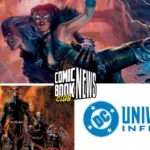
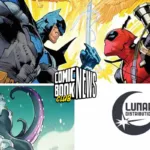
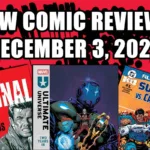
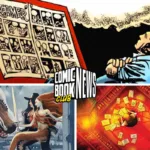
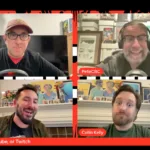
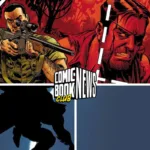
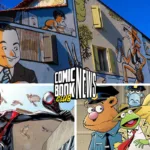
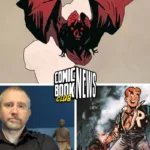
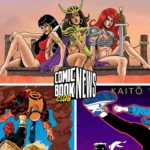

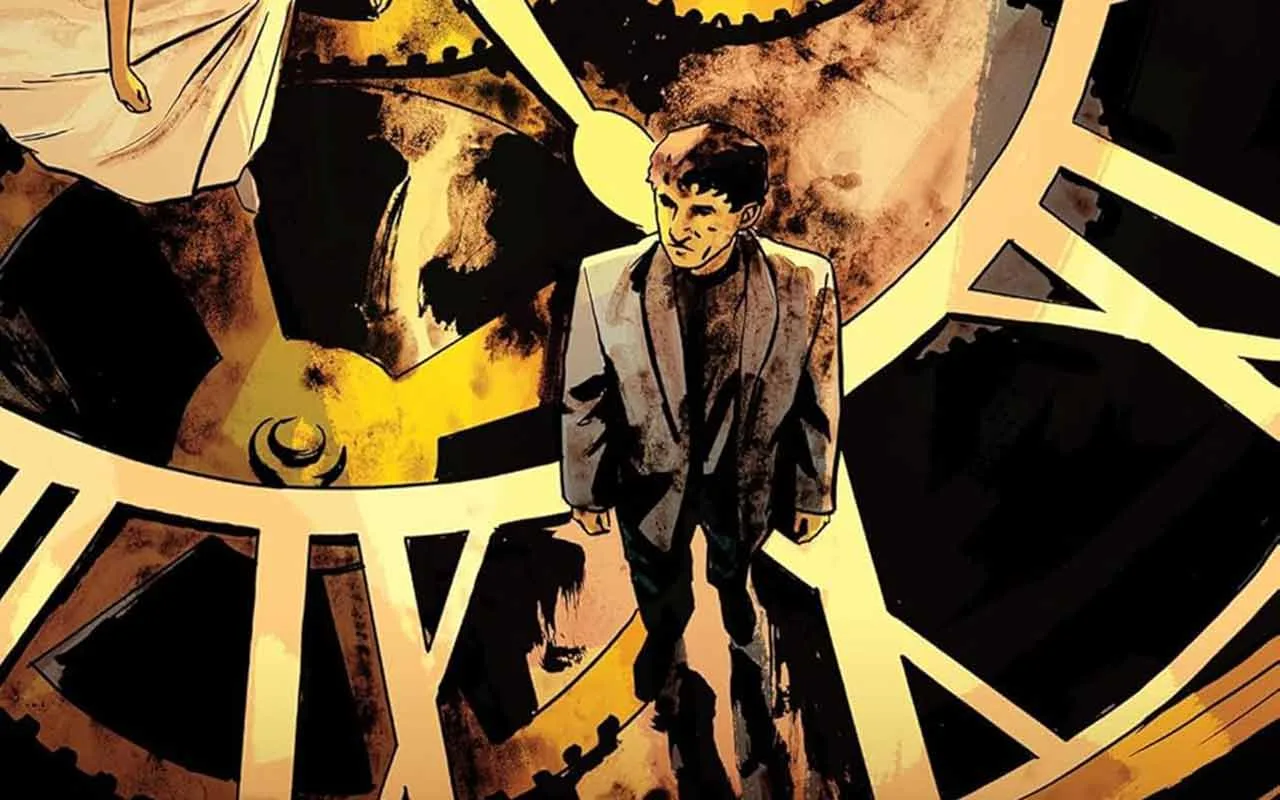
3 thoughts on “Chris Ryall And Jacob Phillips Go Back To The Club For ‘Megalopolis: An Original Graphic Novel’”